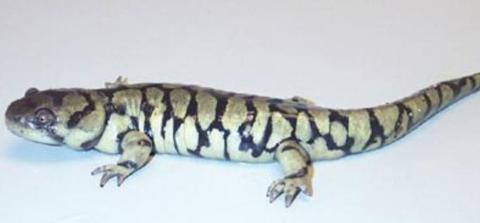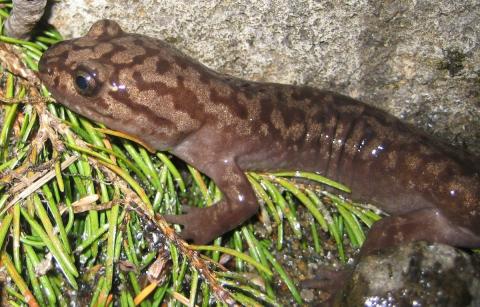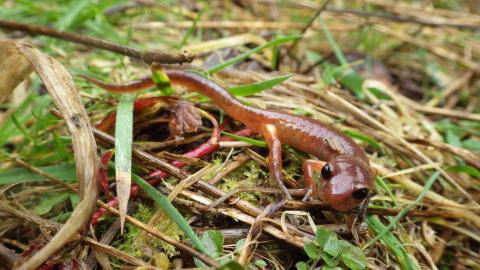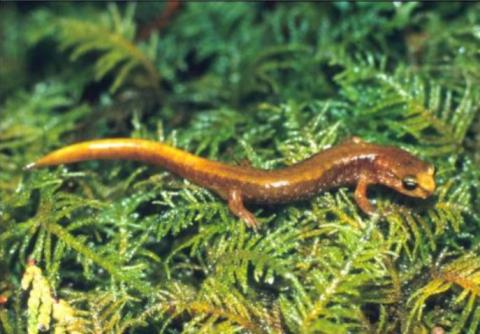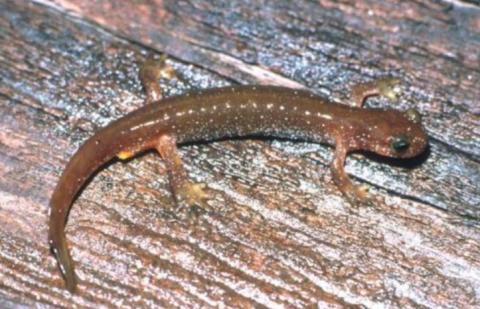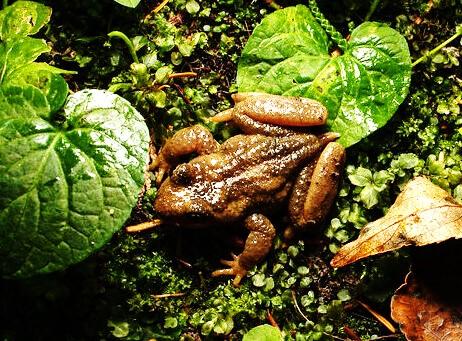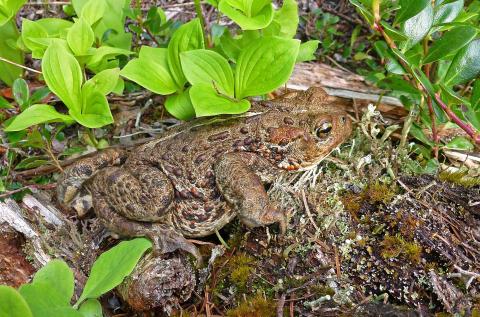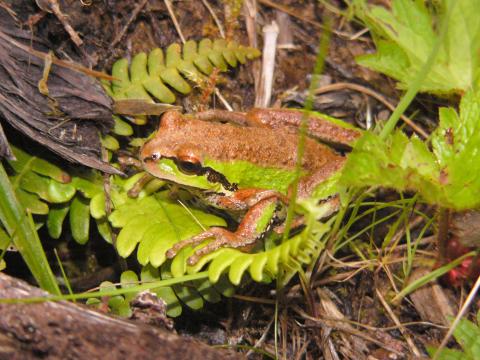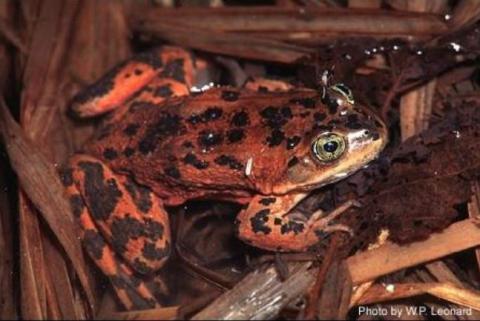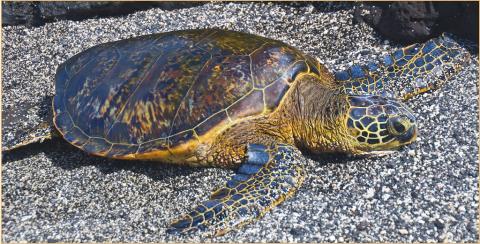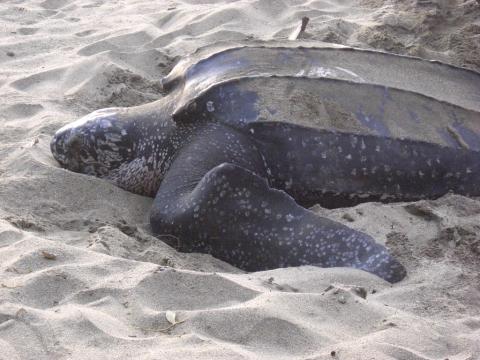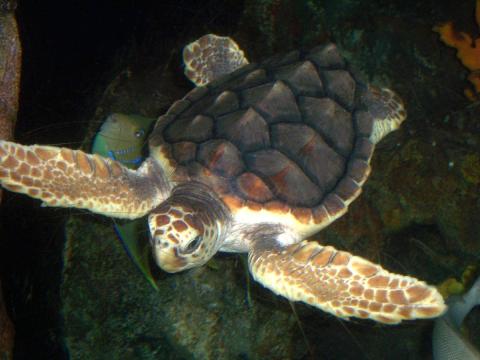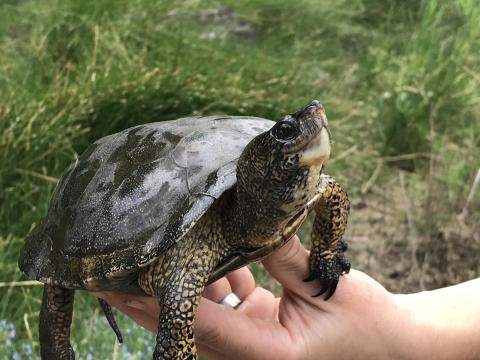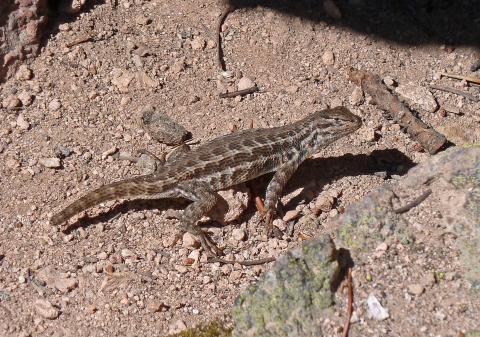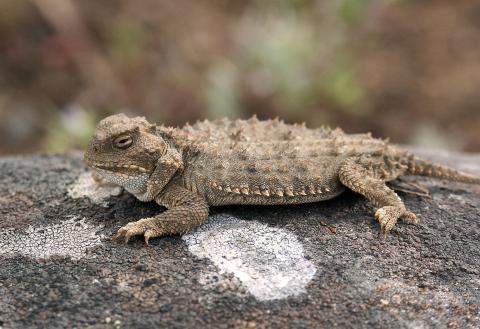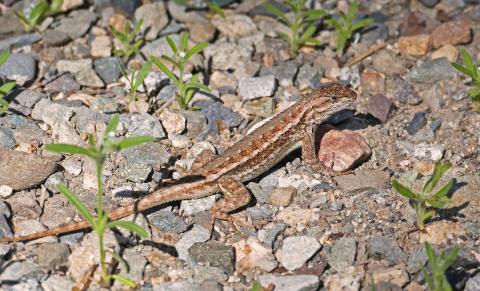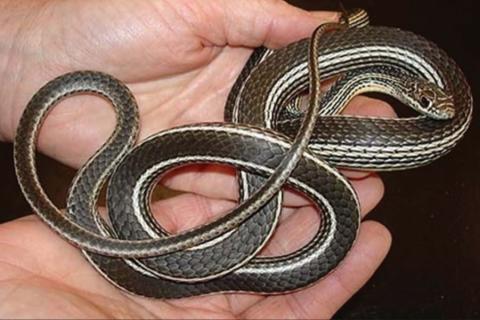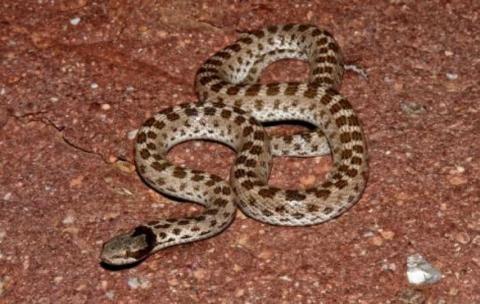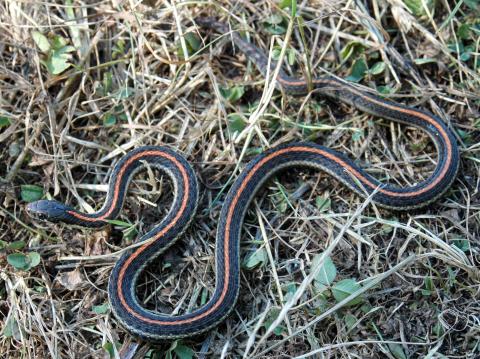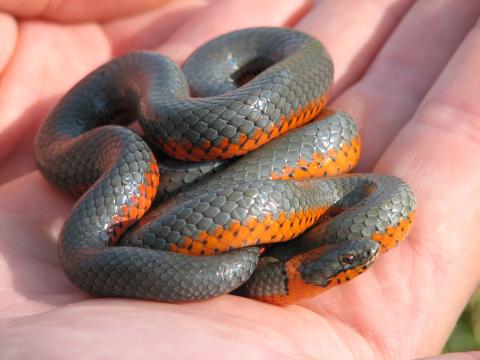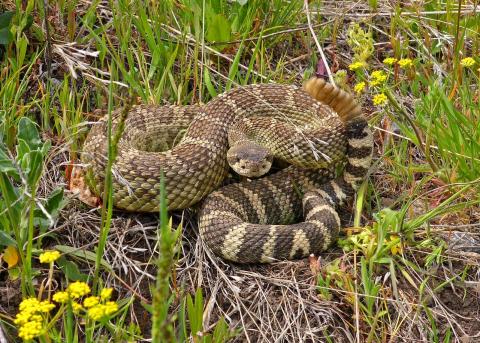Washington is home to a variety of amphibians (salamanders, frogs, and toads) and reptiles (turtles, lizards, and snakes). The scientific study of these animals is called “herpetology” and the people that study these two groups often refer to them as “herps.” Some “herps” are at risk because their populations are rare, declining, and/or dependent on specific habitat features — the Washington Department of Fish and Wildlife has identified these species as “Species of Greatest Conservation Need” which includes species that are federal and/or state listed as sensitive, threatened, or endangered, or otherwise indicated as needing conservation attention. Some species are common, having more secure populations.
The main threat to Washington’s amphibians and reptiles is loss, fragmentation, and degradation of habitat from development, agriculture, forestry practices, roads, invasive weeds, and factors related to climate change. Other threats include pollution, diseases, and invasive animal species. Aquatic invasive species are of particular concern, including American bullfrog, African clawed frog, northern green frog, common snapping turtles, spiny soft-shelled turtles, and red-eared sliders (a turtle and subspecies of pond slider). These species eat, compete with, and/or spread diseases to native species.
Please help our native herps! Report your observations of amphibians and reptiles to help us with our understanding of their distribution and status in the state for conservation purposes. Please click on individual species listed on this page for specific guidance.
NOTE: Collection or transport of Washington’s native amphibians and reptiles is permitted only for research and educational activities and requires a WDFW Scientific Collection Permit. Native amphibians and reptiles cannot be kept as pets.
To protect native wildlife, it is unlawful to release captive animals into the wild (WAC 220-450-030). This includes all pet frogs, salamanders, turtles, lizards, and snakes. Check out Don’t Let It Loose to learn why releasing your pet in the wild is never a good thing to do.
Salamanders
Mole salamanders (Family Ambystomatidae)
Giant salamanders (Family Dicamptodontidae)
Lungless salamanders (Family Plethodontidae)
Torrent salamanders (Family Rhyacotritonidae)
Newts (Family Salamandridae)
Frogs
Tailed frogs (Family Ascaphidae)
True toads (Family Bufonidae)
Treefrogs (Family Hylidae)
Spadefoot toads (Family Pelobatidae)
True frogs (Family Ranidae)
Turtles
(Family Cheloniidae)
(Family Dermochelyidae)
Pond turtles (Family Emydidae)
Lizards
Alligator lizards (Family Anguidae)
Iguanids (Family Iguanidae)
Skinks (Family Scincidae)
Snakes
Boas (Family Boidae)
Colubrids (Family Colubridae)
Vipers (Family Viperidae)
Resources
References
WDFW educational resources
- Wild Washington Lesson Plan – Herps in Washington - Elementary school students are introduced to the cold-blooded world of reptiles and amphibians, also known as herps.
- Family Education – Amphibians and Reptiles - Slither, hop, or crawl on over to learn about herpetofauna!
- Living with wildlife – Learn how to attract or avoid conflicts with frogs and snakes
